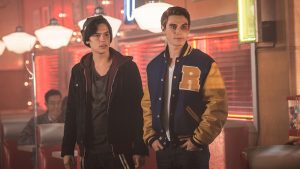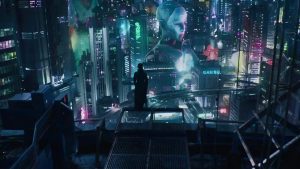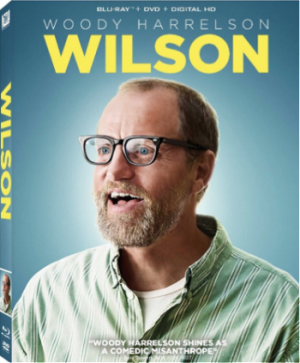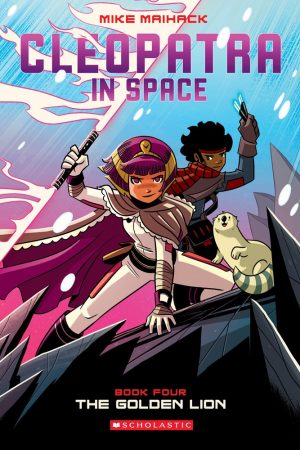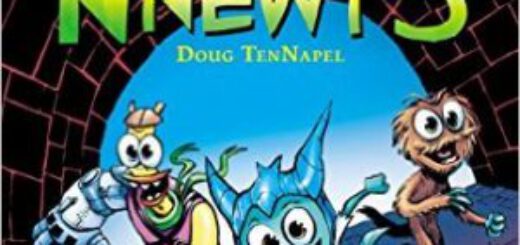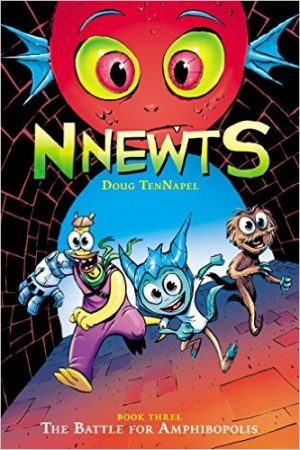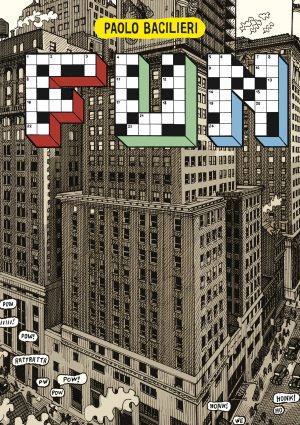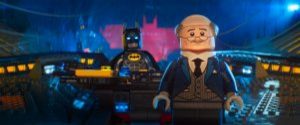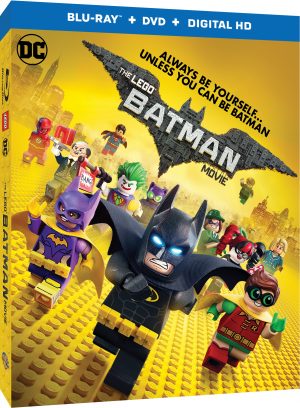REVIEW: Lucifer: the Complete Second Season
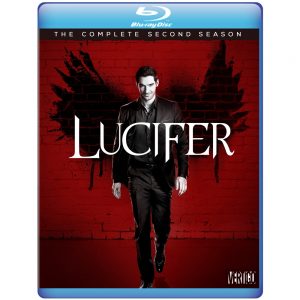 Interestingly, Fox licensed DC Comics’ interpretation of Lucifer, made remarkable first in the Sandman series and then in his own six year eponymous ongoing series. The First of the Fallen, he has abandoned his role as ruler of Hell and has come to Earth to run a piano bar, which is where the ongoing series opened. The series explored the themes of free will and individual willpower while challenging the “tyranny of predestination”. Under writer Mike Carey, it was a moody and fascinating study of humanity.
Interestingly, Fox licensed DC Comics’ interpretation of Lucifer, made remarkable first in the Sandman series and then in his own six year eponymous ongoing series. The First of the Fallen, he has abandoned his role as ruler of Hell and has come to Earth to run a piano bar, which is where the ongoing series opened. The series explored the themes of free will and individual willpower while challenging the “tyranny of predestination”. Under writer Mike Carey, it was a moody and fascinating study of humanity.
The network series, which debuted as a midseason replacement in spring 2016, ignored all of the trappings and set him up as a police consultant who saw a shrink, and was annoyed by his brother. Somehow, it clicked with audiences and came back for a full eighteen episode run. Now, Warner Home Entertainment has released Lucifer: The Complete Second Season in separate Blu-ray and DVD packages.
Much of the show’s success rests on Tom Ellis’ winning performance as Lucifer Morningstar. Largely unknown in America, Ellis is a huge British star thanks to his run on the famous EastEnders prime time soap. He clearly delights in playing the devil and enlivens his scenes going from good fellow to very dangerous within a blink.
He has found himself working with LAPD Detective Chloe Decker (Lauren German), who suspects something is off about this annoying man but is stuck with him. And much as Castle and Beckett fell in love, this season brings the two together. German’s slow acceptance of this is strong and as she discussed in the special features, they complement one another, each learning something new about themselves in the process. The season is bookended with Lucifer’s attempts to reveal his true nature to her without success/
 Complicating the new season is the arrival of Lucifer’s mother, who has escaped from her hellish prison. She is feared and discussed for most of the season opener before we finally meet her and she is, ahem, hot in the form of Tricia Helfer. “Mom” has come to Earth and is inhabiting the body of the recently deceased lawyer Charlotte. Like her son, she too fell from Grace and she is hunting him down, considering her son a traitor in need of a lesson. Of course, he has a flaming sword so there’s that.
Complicating the new season is the arrival of Lucifer’s mother, who has escaped from her hellish prison. She is feared and discussed for most of the season opener before we finally meet her and she is, ahem, hot in the form of Tricia Helfer. “Mom” has come to Earth and is inhabiting the body of the recently deceased lawyer Charlotte. Like her son, she too fell from Grace and she is hunting him down, considering her son a traitor in need of a lesson. Of course, he has a flaming sword so there’s that.
Also arriving this season is forensic scientist Ella Lopez (Aimee Garcia), who is brilliant, quirky, and works without a filter, making her highly amusing.
As with similar shows, the case of the week tends to be less interesting than the character arcs, especially Lucifer as he deepens his relationship with Chloe and continues to receive arch advice from Dr. Linda (Rachel Harris), who seems either delighted or nonplussed to be counseling angels and demons. That is, with the exception of Charlotte who threatens her for information.
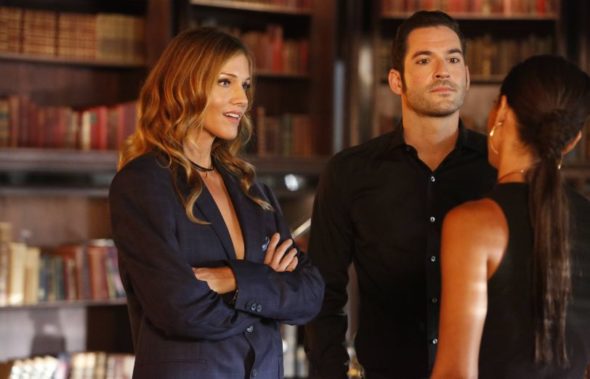 Among her clients is Mazekeen (Lesley-Ann Brandt), seeking a purpose now that she is stuck on Earth. She becomes a bounty hunter, not letting her friendship with Lucifer interfere with her charging him for her services when asked to track Amenadiel (D. B. Woodside) and Charlotte. Ah, brother Amenadiel. He still doesn’t grok humanity. He loves Lucifer and feels obligated to clean up after him, starting with telling Chloe that he’s nuts, to protect his true nature. Over the season, he loves his wings and power and feels punished and directionless on Earth. Complicating matters is the revelation that he was God’s favorite and what that means. Chloe thinks that means God’s a manipulative, bad parent, which is refreshing.
Among her clients is Mazekeen (Lesley-Ann Brandt), seeking a purpose now that she is stuck on Earth. She becomes a bounty hunter, not letting her friendship with Lucifer interfere with her charging him for her services when asked to track Amenadiel (D. B. Woodside) and Charlotte. Ah, brother Amenadiel. He still doesn’t grok humanity. He loves Lucifer and feels obligated to clean up after him, starting with telling Chloe that he’s nuts, to protect his true nature. Over the season, he loves his wings and power and feels punished and directionless on Earth. Complicating matters is the revelation that he was God’s favorite and what that means. Chloe thinks that means God’s a manipulative, bad parent, which is refreshing.
Charlotte, though, is a wild card all season, increasingly a threat to the fragile status quo which builds to a nice season conclusion, setting up the third season. Interestingly, the final four episodes from this season were created but held off until this fall.
The show is engaging and lightweight fun, one of a type. It could have been something really interesting; atmospheric, gothic and edgy and far more distinctive. As a result, this is perfectly fine, eminently disposal fare.
The DVD set comes with all the episodes complete with deleted scenes, some of which are quite good and worth a look, notably some scenes with D. B. Woodside. There are additional special features including Lucifer: 2016 Comic-Con Panel, the requisite Gag Reel, and Reinventing Lucifer in the City of Angels, where the cast and producers talk about how LA is the perfect setting for a fallen angel, and the rest of humanity, to come and start afresh.


